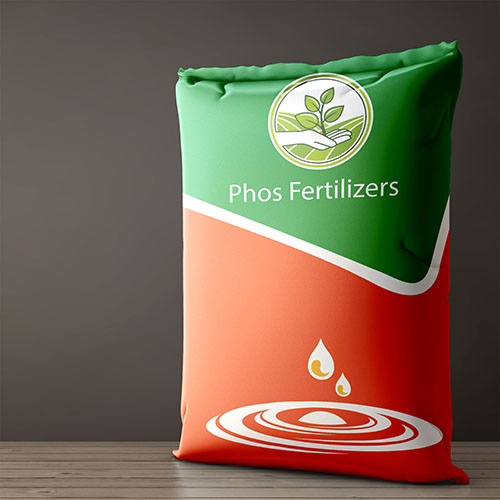Welcome to PhosFertilizers, we hope you will enjoy our products and have good experience
Phosphorus Fertilizer For Plants
Phosphorus Fertilizer For Plants

he ever increasing need for more effective outputs with the lowest possible inputs is still an important challenge for the modern day farmer. The greatest motivator behind technology and advanced equipment in farming is to make it easier and more effective. When the focus is on fertilization, the balance between cost effectiveness and convenience is of the utmost importance. Phosphorus Fertilizer For Plants is still one of the farmer’s greatest direct expenses, and therefore the right type of Phosphorus Fertilizer For Plants and correct application methods are critical. For decades, Omnia Nutriology® has been the leader in liquid Phosphorus Fertilizer For Plants technology. As with Omnia’s compound products, these also ensure even distribution of nutrients in every granule/drop. Therefore, an even distribution of nutrients is one of the most important benefits when liquid Phosphorus Fertilizer For Plants is compared to dry Phosphorus Fertilizer For Plants mixtures. Germination problems and damaged seed are huge risks with seed placement. However, scientists (Gasser and Penny, 1967) showed that liquid Phosphorus Fertilizer For Plants can mitigate these risks more effectively than granular Phosphorus Fertilizer For Plants . Whether liquid Phosphorus Fertilizer For Plants leaches more than granules, is one of the most common questions that Omnia agronomists are faced with. Leaching is defined as the loss of water soluble plant nutrients from the soil profile due to an excess of water. A leaching trial on sandy soils with an average clay percentage of 12% was conducted this year. Phosphorus Fertilizer For Plants in the form of nitrogen, phosphate and potassium was applied independently in liquid and granular form, at 200 mm beneath the soil surface. Soil samples were taken seven months later, after 421 mm rainfall, at 100 mm intervals.
